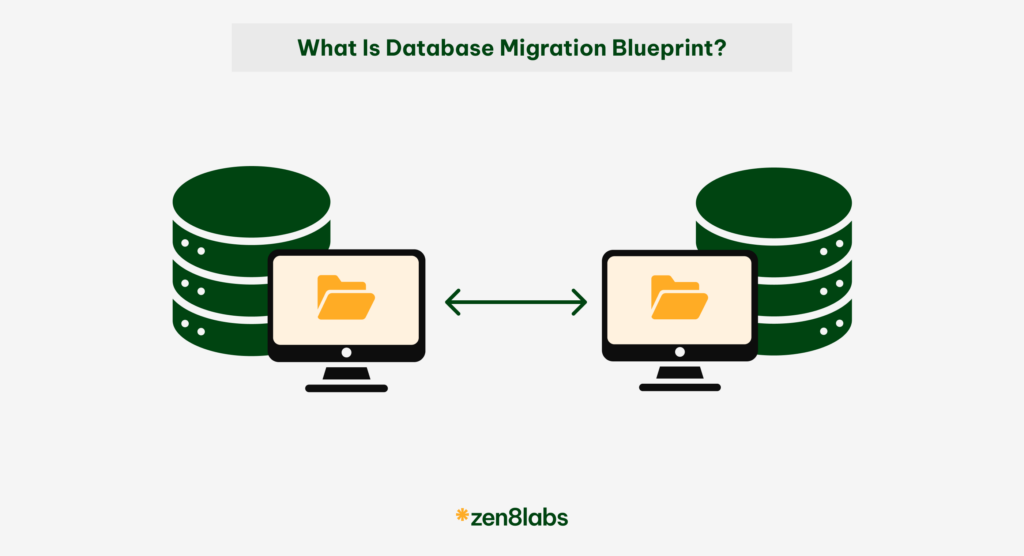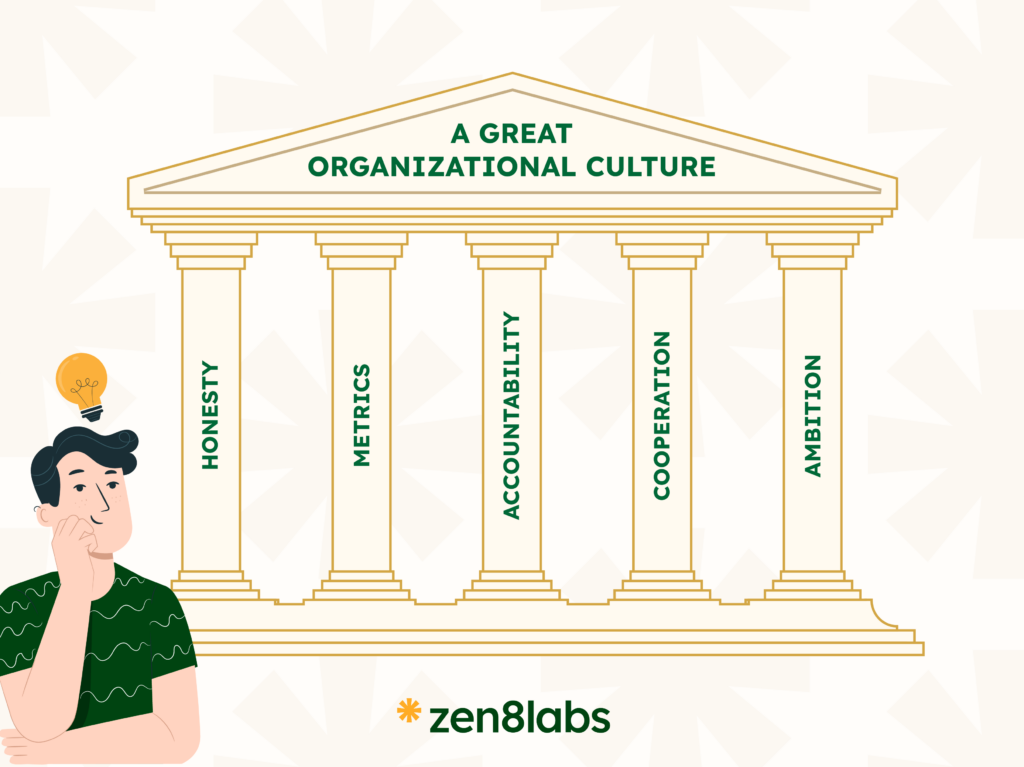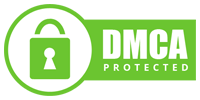
In the world of project management, triumph hinges not only on meticulous planning and execution, but also on comprehending and engaging with stakeholders. At zen8labs, we’re embarking on a journey to demystify stakeholder identification’s significance. This blog post uncovers why it’s crucial, especially for software development, offers insights into effective engagement, and equips you with the skills to master this pivotal aspect. Whether you’re a seasoned pro or a newcomer, join us to unravel the secrets of stakeholder identification and elevate your project management prowess.
Stakeholder definition
A stakeholder encompasses an individual, group, or organization that holds the potential to exert influence, be impacted by, or recognize its connection to a decision, undertaking, or result arising from a project.
Typical types of stakeholders
Stakeholders in project management can be broadly categorized into two main types: Internal stakeholders and External stakeholders.
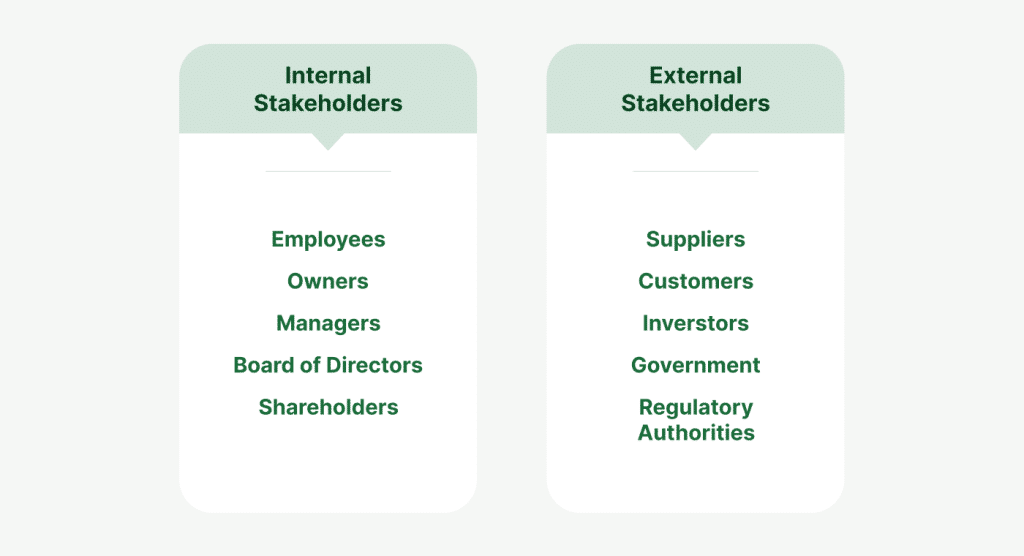
1. Internal stakeholders
Internal stakeholders normally have a direct organizational or operational connection to the project. They are typically part of the company or organization initiating the project. Internal stakeholders often have a vested interest in the project’s success, as it directly affects their roles, responsibilities, and the overall functioning of the organization.
Examples of internal stakeholders include:
- Project team members: These are the individuals actively involved in planning, executing, and managing the project. They work on various project tasks and contribute to its successful completion. In software development, team members normally take the following roles, but not limited to business analysist, quality control, quality assurance, and other roles in a project.
- Management and executives: Managers and executives within the organization are responsible for overseeing the project’s progress, ensuring alignment with strategic goals, and providing necessary resources and support. At zen8labs, we maintain an open and collaborative partnership, fostering transparent communication and swift decision-making to drive project success.
- Shareholders: are individuals or entities that hold ownership in the company through owning shares or stocks. While shareholders are important stakeholders, it’s essential to note that not all stakeholders are shareholders. Shareholders are specifically focused on the financial outcomes of the company.
- Departments and functional units: Different departments or functional units within the organization might be impacted by the project. For instance, a new development process implementation could affect the development team, while a marketing campaign might involve the marketing team.
2. External stakeholders
External stakeholders are not part of the organization initiating the project but still have a significant interest or influence over the project’s outcomes. They often contribute perspectives, resources, or support that can impact the project’s success. Examples of external stakeholders include:
- Customers/Clients: The end-users – who are using our software, or beneficiaries of the project’s final product or service are essential external stakeholders. As a zen8labs member, we always prioritize end-users is our utmost commitment, ensuring that their needs and experiences shape the core of our innovations and solutions.
- Suppliers and vendors: External entities that provide materials, services, or resources required for the project are considered stakeholders, as their performance can directly impact the project’s timeline and quality.
- Regulatory agencies: Depending on the industry, regulatory bodies and government agencies may have a say in the project’s compliance with laws and regulations.
- Competitors: Competing organizations in the market might have an interest in the project’s outcomes, especially if it affects the competitive landscape.
Identify stakeholder process
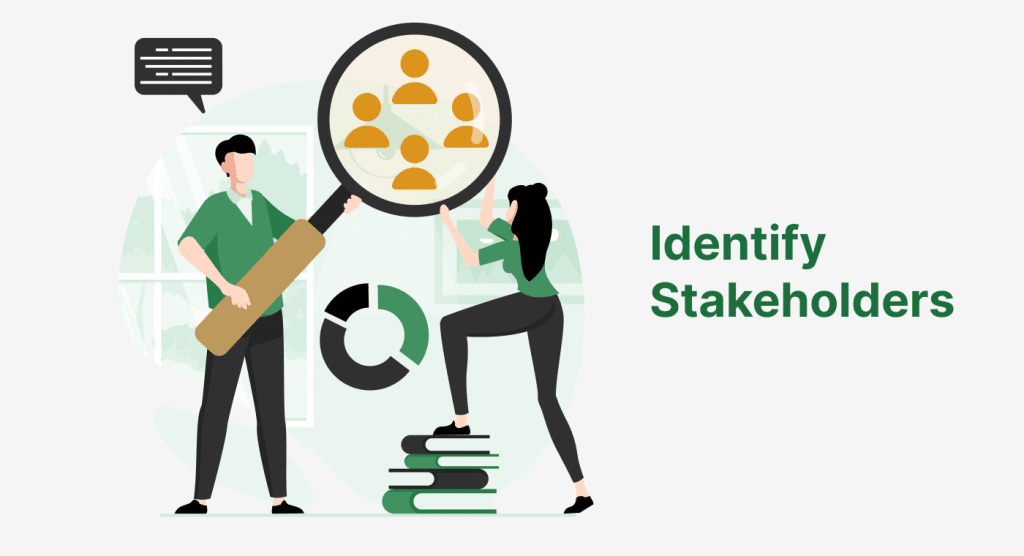
In software project management, Identify Stakeholders is the process of classifying project stakeholders regularly, analyzing and documenting relevant information regarding their interests, involvement, interdependencies, influence, and potential impact on project success. At zen8labs, the project manager should undertake this process concurrently with the creation of the Project Charter. As Project Managers, our goal is to engage as many stakeholders as possible in the project’s early stages to proactively mitigate potential impacts in the later phases, promoting smoother project progression and successful outcomes.
Identify stakeholder inputs
At zen8labs, gathering these inputs for our software development project provides a comprehensive understanding of the project’s environment and its stakeholders, enabling effective stakeholder identification and engagement strategies. The inputs of the “Identify Stakeholders” process typically encompass:
- Project charter: The initial project charter provides essential information about the project’s objectives, scope, and initial stakeholders. It serves as a foundational document to identify key stakeholders.
- Project management plan components: Sections of the project management plan, such as the scope statement, communications plan, stakeholder engagement plan, and risk management plan, may provide insights into potential stakeholders.
- Agreements and contracts: Contracts with suppliers, partners, or other entities can highlight stakeholders who are involved in the project’s execution or are affected by its outcomes.
- Enterprise environmental factors (EEF): External conditions, industry standards, cultural norms, and regulatory requirements can influence the types of stakeholders that need to be identified and engaged.
- Organizational process assets (OPA): Existing databases, stakeholder analysis templates, and historical records can provide valuable insights into stakeholders from previous projects or similar endeavors.
Identify stakeholders: techniques and data representation
Understanding and knowing how to apply the following tools and techniques probably helps project managers tailor communication strategies, engagement approaches, and collaboration efforts based on the unique dynamics of each stakeholder group. This framework assists in fostering effective relationships and optimizing stakeholder engagement throughout the software development lifecycle. In zen8labs, project managers often practice the following 6 techniques:
1. Expert judgement
Expertise must be considered from individuals or groups possessing specialized knowledge or training in the following areas:
- Grasping the politics and power dynamics within the organization.
- Familiarity with the software development industry, including other impacted entities such as customers and the broader external environment.
- Recognizing individual team member capabilities and areas of expertise.
2. Data gathering from questionnaires and surveys
At zen8labs, following questions should be usually ask in a kick-off meeting, a brainstorming, an interview or a focus group discussion, such as:
- Who could be affected?
- Who could be affected during the project?
- Who could be affected after the project?
- Who could have an interest in the outcome?
- Which groups could be impacted or have an interest/stake?
- Who approves the funding?
- Who set the vision/goals?
- Who approves changes impacting cost?
- Who approves changes impacting schedule?
- Who could stop this project/initiative?
- Who benefits the most?
- Who holds the project budget?
- Who will approve functional or technical requirements?
- Who will approve designs?
- Who approves changes?
- Who will test the software?
- Who will use the end product?
- Who represents organizational policies governing this project
- Who will manage this project?
- Who will have changes to their systems or processes because of this project?
- Who will perform the work on this project?
- Who will assess/audit quality on this project?
3. Power/interest grid, Power/influence grid or Impact/influence model
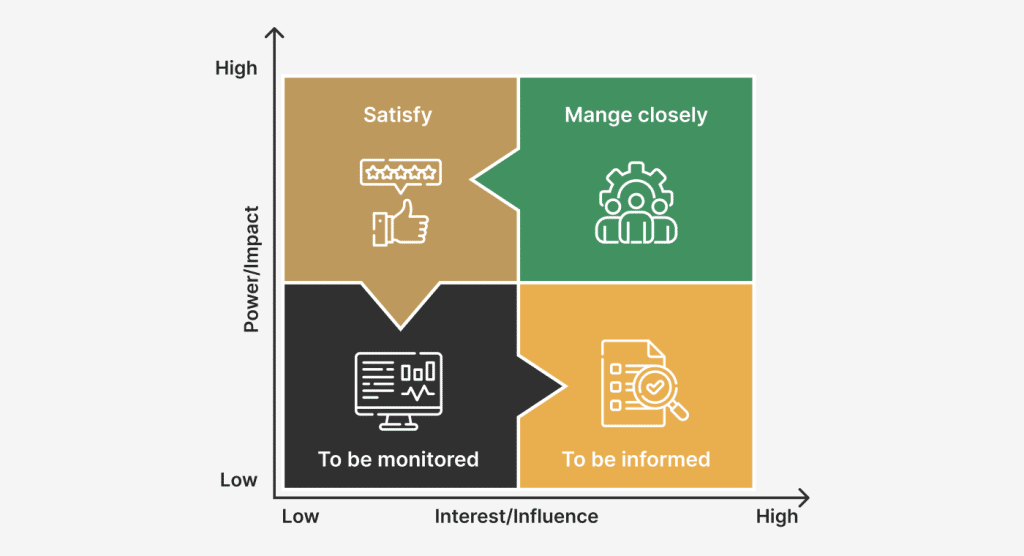
Power; Impact / Interest; Influence model
The Power/Interest Grid, applied in stakeholder identification, is a visual framework that assists project managers in assessing stakeholders’ influence and engagement levels. By plotting stakeholders on a grid based on their power and interest in the project, it categorizes them into segments such as “Manage closely,” “Keep Satisfied,” “Monitor,” and “Keep Informed.” This approach helps prioritize efforts, ensuring that high-power stakeholders are closely engaged, while those with lower power but high interest are also appropriately informed. The Power/Interest Grid enhances stakeholder identification by guiding tailored communication strategies, fostering effective relationships, and aligning project objectives with stakeholders’ needs.
4. Stakeholder cube
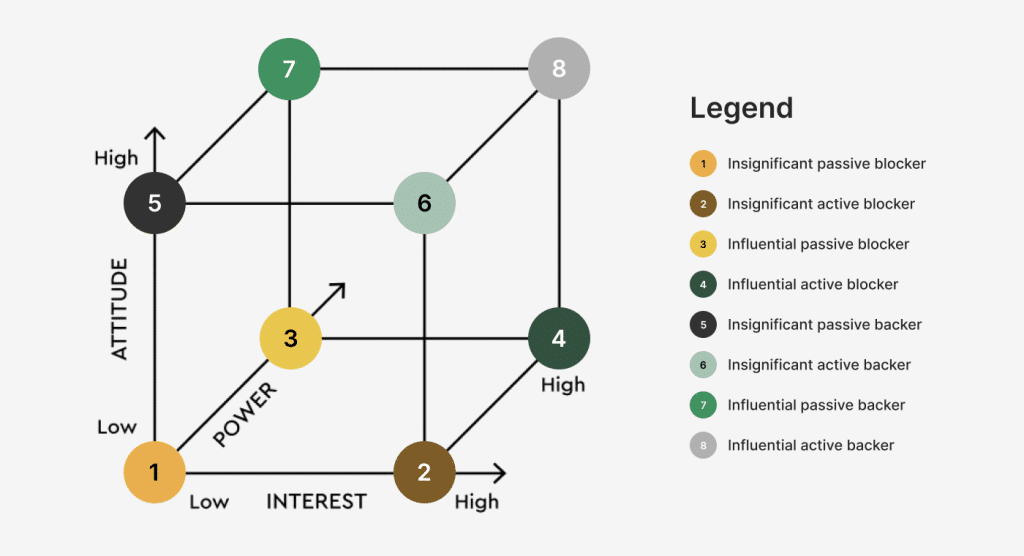
The Stakeholder Cube is an advanced model that integrates the Power/Interest Grid into a three-dimensional structure. It emphasizes three vital dimensions of stakeholder engagement: Interest, Power, and Attitude (ranging from champion to negative). By combining these factors, stakeholders are categorized into eight distinct attributes, enabling a more nuanced understanding of their role and impact on the project. This comprehensive model enhances stakeholder identification by considering not only their influence and engagement but also their attitude, providing project managers with a robust framework to tailor strategies and cultivate effective relationships across diverse stakeholder profiles.
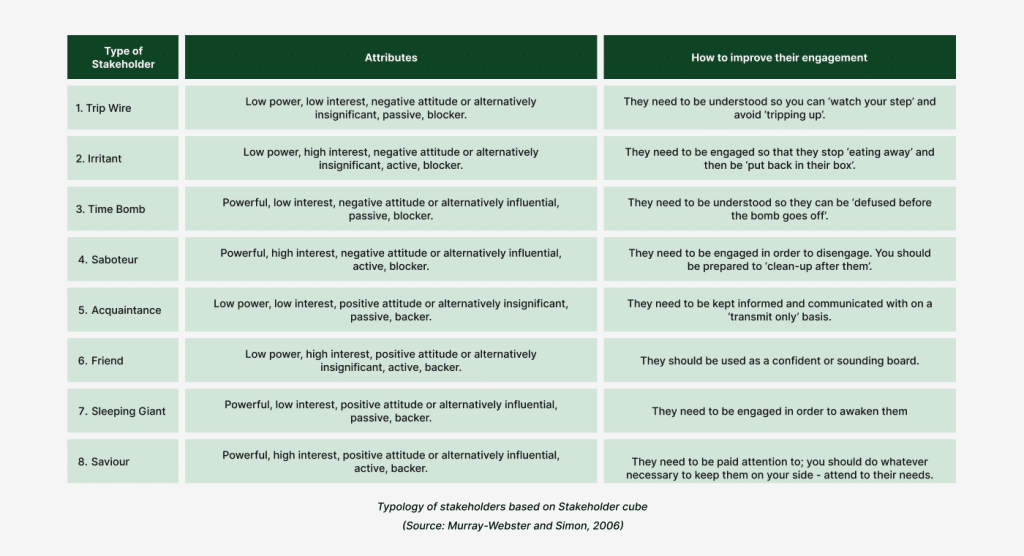
Typology of stakeholders based on Stakeholder cube
(Source: Murray-Webster and Simon, 2006)
Within zen8labs, from the strategic placement of stakeholders in Power/Interest Grids to the insightful dimensions of the Stakeholder Cube, we’ve uncovered tools that enable us to navigate with precision. We’ve realized that each stakeholder carries unique attributes – from power to urgency to legitimacy – shaping the strategies we employ.
5. The Salience model
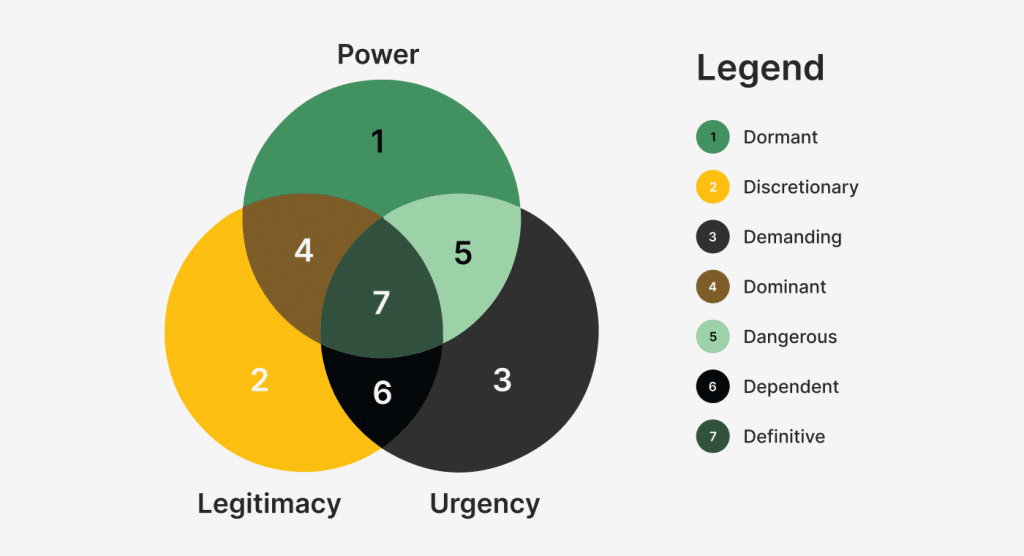
The Salience Model offers a structured approach to categorize stakeholders according to their power, urgency, and legitimacy within the organization. Power denotes a stakeholder’s capacity to assert their preferences, while urgency reflects the necessity for swift action. Legitimacy assesses the appropriateness of the stakeholder’s involvement. This model is particularly valuable for managing large and intricate stakeholder groups or connections. It aids in gauging the relative significance of identified stakeholders by considering their unique attributes, streamlining strategies for effective engagement, and ensuring project alignment with stakeholder dynamics.
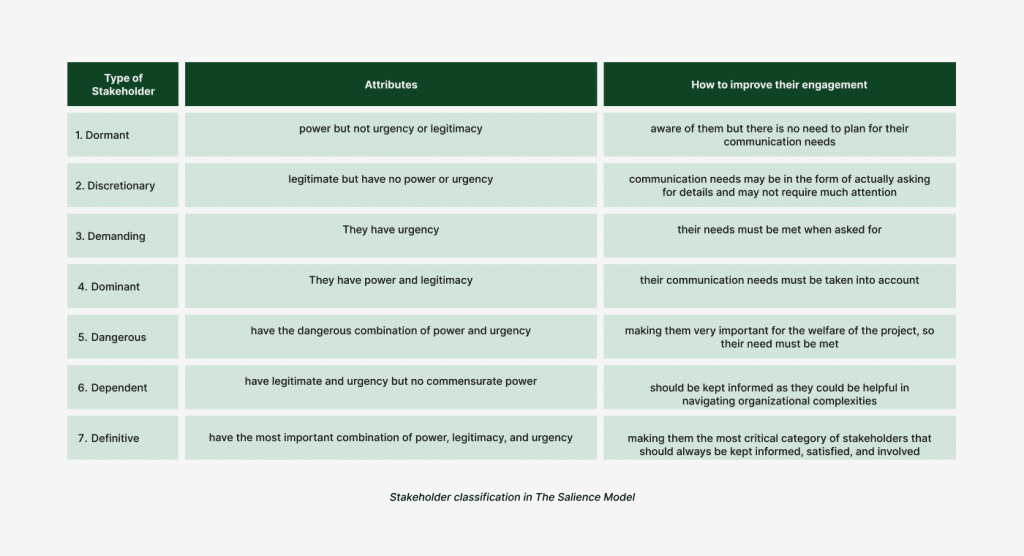
Stakeholder classification in The Salience Model
6. Directions of influence
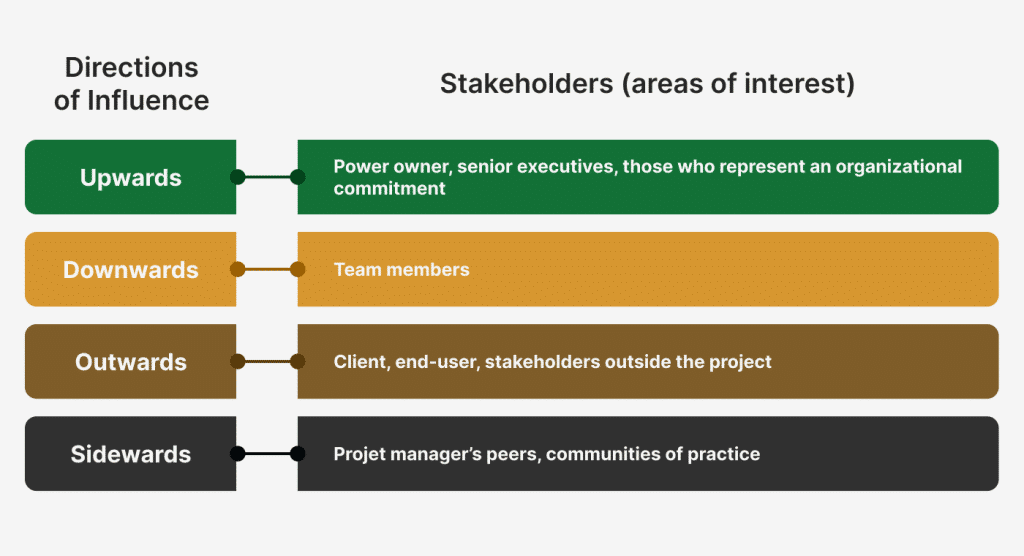
This framework categorizes stakeholders based on the direction in which they exert their influence on the project or the project team. There are four primary directions:
- Upwards: Stakeholders in this category hold influence that impacts the project team from a higher organizational level. This could involve executives (CEO, CTO, CFO, etc.), managers, or individuals who provide resources, guidance, and strategic decisions.
- Downwards: Downward influence refers to stakeholders who are at a lower organizational level but possess the ability to influence the project team’s decisions and actions. This might include team members (mobile developer, backend developer, tester), subordinates, or individuals whose expertise directly contributes to project success.
- Outwards: Stakeholders with outward influence impact the project by interacting with entities external to the organization. These could be customers, clients, outsourcing vendors, freelance collaborator, regulatory bodies, or any external group that affects project outcomes.
- Sidewards: Sideward influence involves stakeholders who possess lateral or peer-level influence. They might be from different departments, functional units, or teams within the organization, and their actions or decisions can impact the project team’s progress. In zen8labs’ software development department, the project manager fosters a collaborative relationship with peers, nurturing an environment where collective expertise and creative input harmonize to drive innovation and excellence in our projects.
Identify stakeholder outputs
In the context of software development, the “Identify Stakeholder” process yields critical artifacts, such as the Stakeholder Register, Risk Register, and other relevant project documentation. These deliverables serve as a repository for vital stakeholder data, enabling informed decision-making, tailored communication approaches, and proactive risk mitigation efforts that remain integral throughout the software development lifecycle.
Conclusion
This journey, however, doesn’t end here. Armed with a Stakeholder Register, a Risk Register, and a trove of project documents for our product, such as mobile apps or e-commerce websites, we are empowered to propel our projects toward triumph. As the ripples of our stakeholder engagement spread across departments, organizations, and even industries, we witness firsthand the transformative power of understanding those who shape our project’s destiny.
So, dear readers, as you step forward into the realm of project management armed with the insights gleaned from this blog post, remember that stakeholder identification isn’t merely a task to be checked off – it’s the cornerstone of collaboration, the catalyst for effective communication, and the fulcrum upon which project success rests. Embrace it, master it, and watch as your projects flourish in the embrace of stakeholders who share in your vision and strive for your goals. Here’s to navigating the intricate tides of success through the art of identifying stakeholders.
To learn more about how zen8labs can help then follow here
Hiep Nguyen, Project Manager

